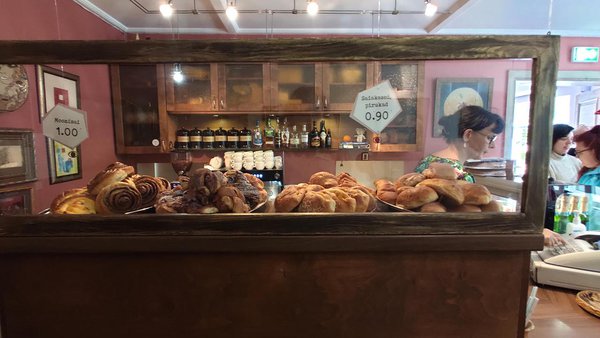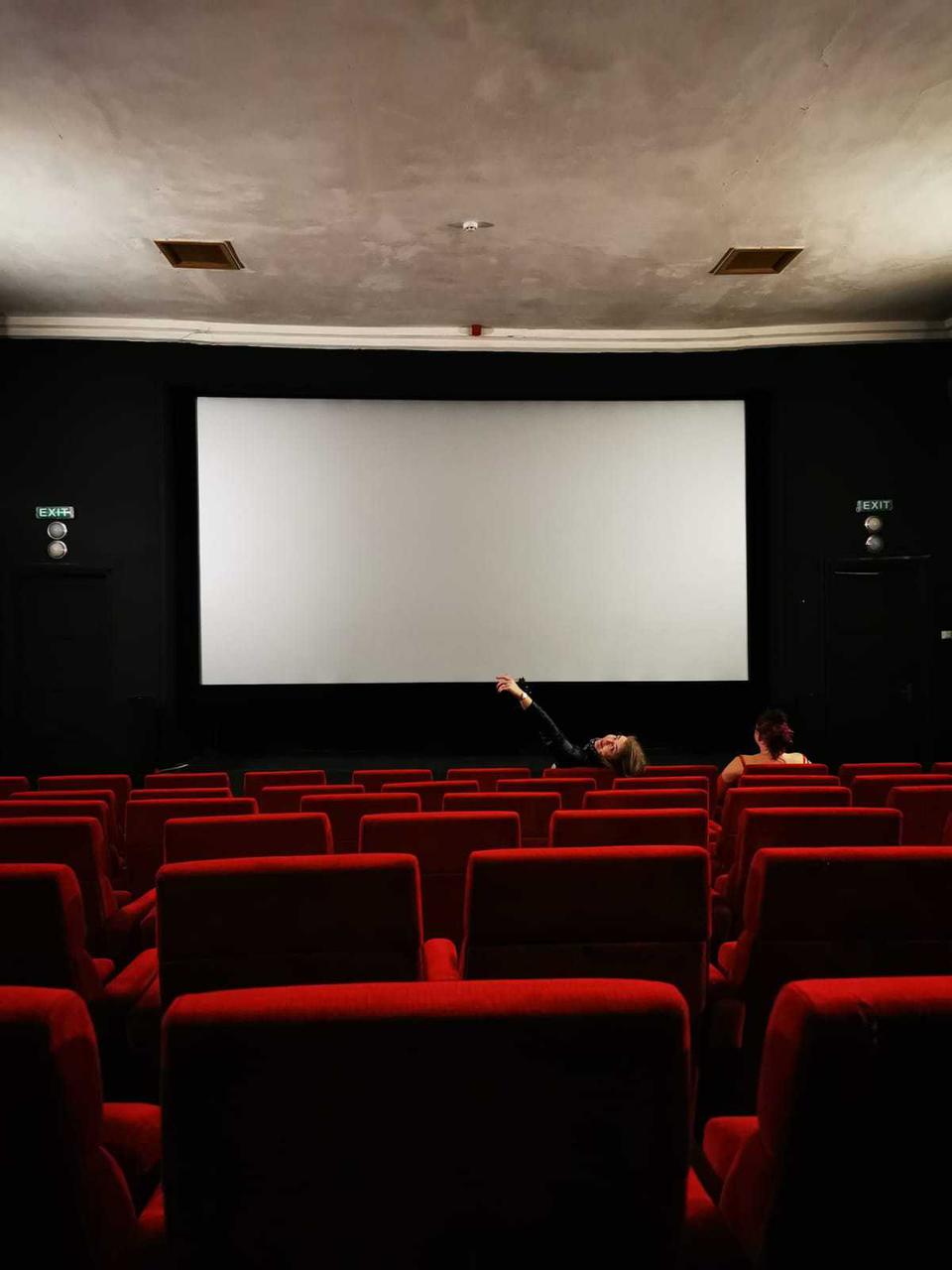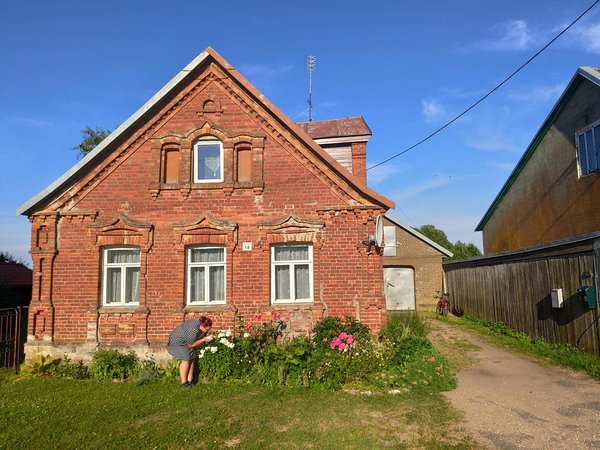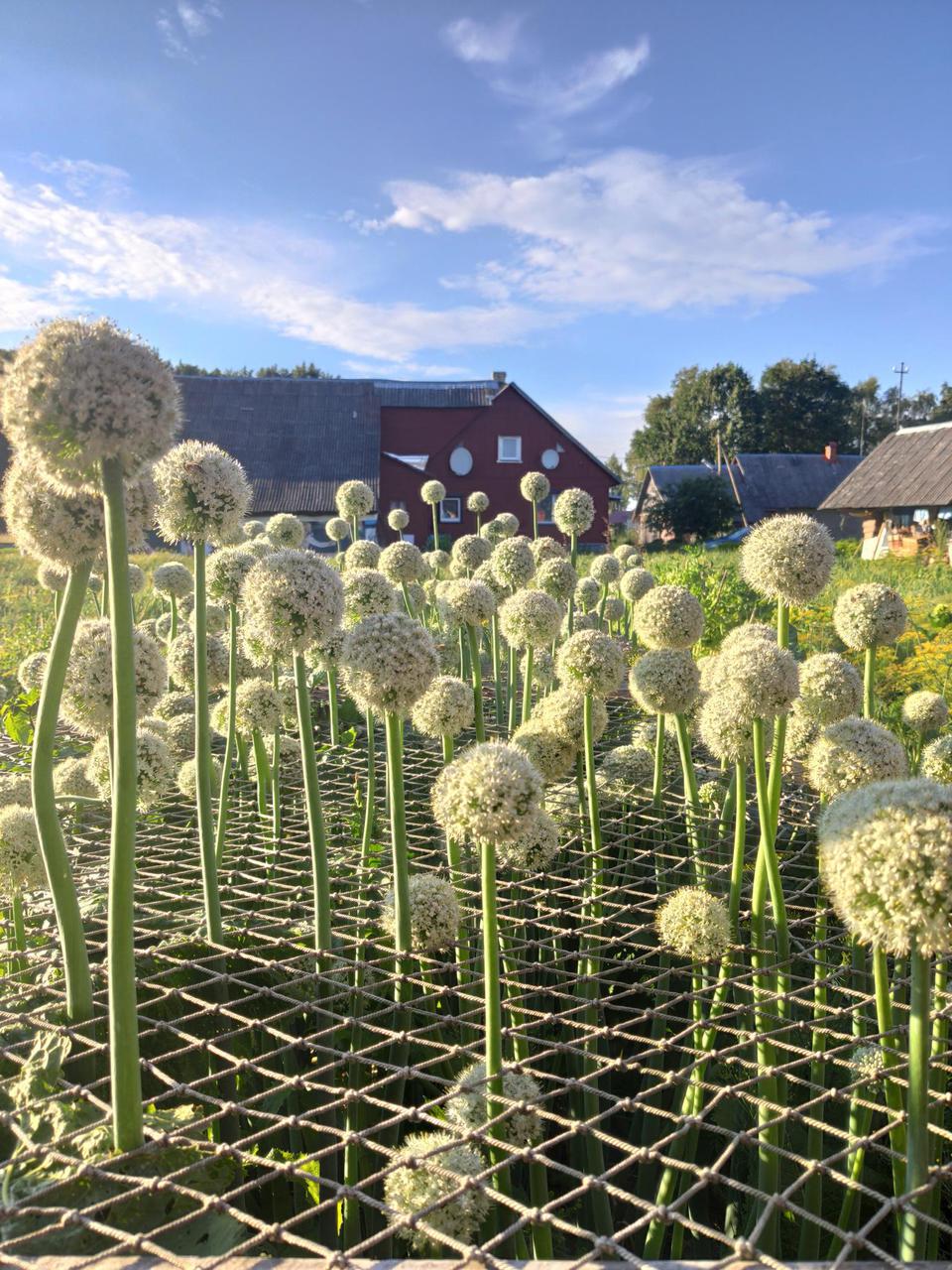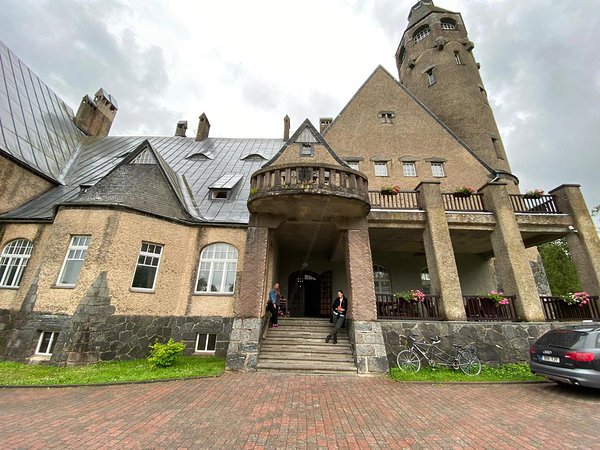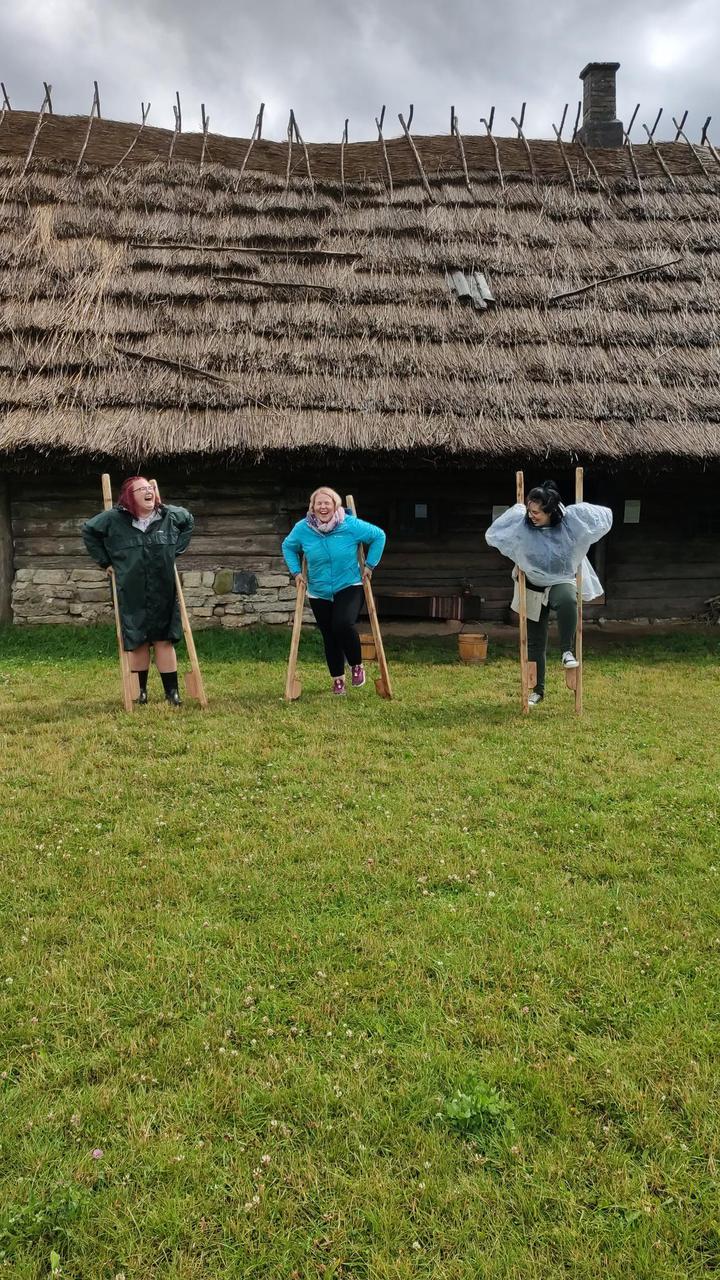Introducing Southern Estonia, part 2
Liisa Nurmela is the developer of the Tartu 2024 project Arts of Survival Documentaries which is currently in the development process. Liisa completed a road trip of Southern Estonia between the 20th and 28th of July, following a route suggested by Tartu 2024 social media followers. With the tour finished, it is time for Liisa to introduce to us her home region and trip highlights by answering our questions. (2/2)

Except Tartu, what were the most interesting cities ?
That is a hard question, because every city has its own specific characteristics and content, but, for me, the two most interesting cities are Võru and Tõrva. But also Värska and Rõuge are worth checking out !
Võru
I have not visited Võru for years, but it has always been in my mind as a very warm and cosy town, and this time it did not let me down either. We spent our time just walking around there and came across an Organ Museum that exhibits the work and legacy of Brothers Kriisa’s, who decided to make Organs in the 19th century, because at that time most of the Organs came from Germany or other places in Europe. This museum is only open on Wednesdays.
Then we wandered the small streets, that were full of beautiful wooden houses, each of them a different colour, to finally arrive at Catherine’s Cafe (picture above), where you can buy the best pies in town, and most likely they are warm! There we also had a chance to unexpectedly meet the Mayor of Võru, who offered to take a picture of us. I love Estonia, because things like that can happen at any time. As a good South Estonia city, Võru also has its lake: Tamula.
Tõrva
Tõrva has a special place in my heart, because I organized Tõrva Dokfest (Documentary Festival) there for five years. The city has the most beautiful cinema called Koit (right picture) that was built in 1953, and is now functioning with a new cinema equipment. The house itself is a sight of its own and inside you can still sense the nostalgic old-time scent. City also has two lakes: Riiska and Vanamõisa. The water gets warm already at the beginning of the summer and they are both great places to swim. People there are warm and helpful, it surely is a city that will surprise you. Tõrva also has the best vintage shops.
What are the most interesting villages ?
Southern Estonia is full of interesting villages, each of them with their own personality. My favourites were in the Onion Route: Kolkja (left picture), Varnja, Kallaste. These are villages where old traditions are still alive and honoured by the Old Believers, who are living on the shores of Peipsi Lake. These villages are diverse linear settlements, where you can find museums, prayer houses, cemeteries, that are different from other parts of Estonia.
The Peipsi area is also known for their onions, you must buy local fish, onions and other fresh produce. We also just walked into one Onion Farm: Kostja Sibulatalu (right picture), where a farmer called Kostja welcomed us with a warm handshake and a lecture about onion farming. Did you know that growing a good worthy onion takes four years? If you want to know more, do not be afraid to talk to the locals and have a chat about their culture, hobbies (usually growing onions there is considered as a hobby) and their life.
What are the main historic places you would recommend to a foreign visitor ?
There are so many interesting places for each taste, I recommend everyone to do some research before going to Southern Estonia and find the most interesting places for them. But here are some of my favourites :
One of the most interesting museums for me was Seto Farm Museum where visitors can see the old and traditional living quarters of Seto people. The exposition has a semi-enclosed yard, a house, a cloakroom, a granary, a barn with hay, a workshop, a smoke sauna, a pot factory, and a full house. Next to the museum you can taste Seto ethnic cuisine and buy local handicrafts.
For a foreign visitor, I would recommend visiting Estonia’s highest mountain Munamägi. We usually joke about this mountain, but we are still very proud of it. There is a tower where you can climb and see South Estonia. Another tower I would recommend is Meremäe, where you can see Russia.
Estonia is also known for its abundance of manors and castles, some are abandoned, some others are renovated. One evening we stayed at Taagepera Castle (picture above), which reminded us of mini-Hogwarts, with its small towers, rock walls and old, wooden interior. Today, there is a hotel and Spa, but it is still open for people to just visit it.
If there are movie fans among us, you can also visit the set (picture besides) of Estonian most expensive movie Tõde ja õigus (literally “Truth and Justice”), which is based on a book of Anton Hansen Tammsaare, which is considered to be one of the foundational works in Estonian literature. This epic takes place in the 19-20th century and captures the evolution of Estonia from a province of the Russian Empire to an independent nation. One of the most famous Estonian quotes is from that book: “Work hard and love will follow.”
How would you describe South Estonia in 3 words ?
Calm, Diverse, Open.
The Tartu 2024 team thanks Liisa Nurmela for sharing her experience and pictures.
Discover here her full road trip map selected by the public and click here to see more of Southern Estonia.
